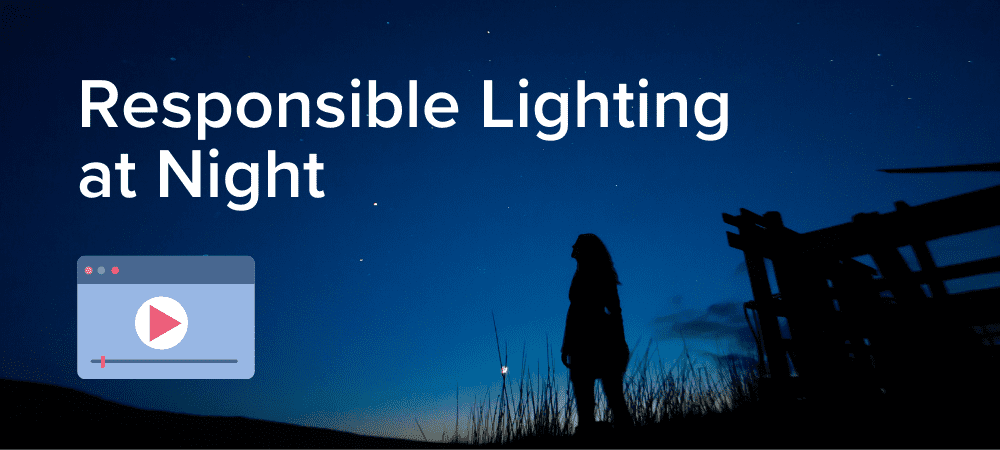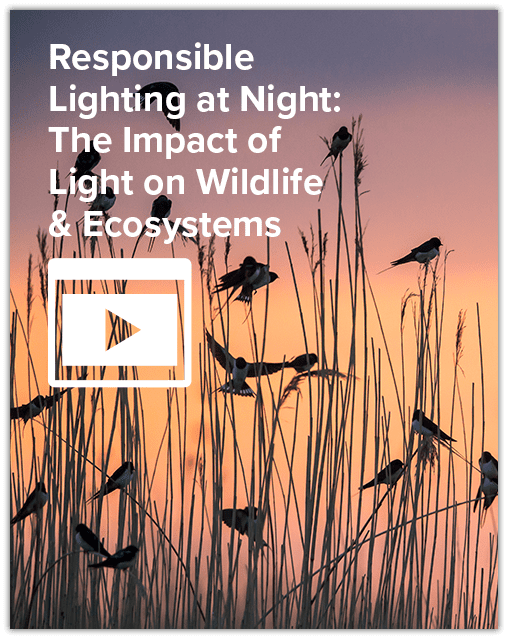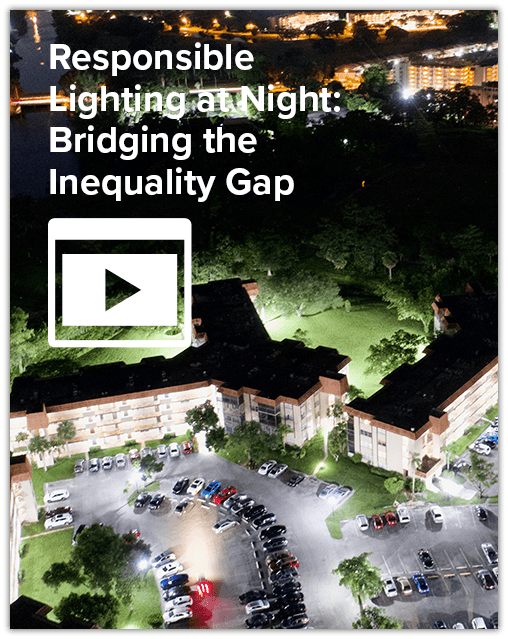This website uses cookies so that we can provide you with the best user experience possible. Cookie information is stored in your browser and performs functions such as recognising you when you return to our website and helping our team to understand which sections of the website you find most interesting and useful.

The DLC’s Responsible Lighting at Night webinar series highlights critical systemic issues that arise as a result of our use of artificial light at night. Each webinar’s expert panelists explore the history of the issue, its effects on people and ecosystems, and steps we can take to mitigate the problem by investing in lighting solutions that prioritize responsible light at night.

The Impacts of Light on Wildlife and Ecosystems
Although artificial lighting at night has enabled humans to increase our work and recreational activities outdoors at night, the incorrect use and application of light at night can radically alter the nocturnal environment for many species and ecosystems, impacting their ability to thrive. This webinar introduces the topic of environmental impacts of light at night on wildlife and ecosystems. Topics include how the National Park Service protects wildlife and ecosystems while improving visitor experience, initiatives and resources available to communities and building owners for reducing bird collisions with buildings, and the current state of scientific knowledge and standards for enabling design solutions that minimize harm to wildlife and the environment.

Bridging the Inequality Gap
Compared to their affluent counterparts, underrepresented communities, often communities of color, are subject to a variety of poor lighting conditions, including being under lit or chronically over lit, with the inaccurate idea that brightly lit spaces are safer. The health and wellbeing of the people living in these spaces is at risk due to the various impacts of poor light quality, further perpetuating systemic and racial inequities. Obtrusive light can be alleviated by identifying how these communities are lit, using a holistic design approach that requires prioritization of the needs of the community and allocation of investments in those spaces. In this webinar, we examine the societal and professional misconceptions, and safety and health implications of poor quality light at night on marginalized communities, and how investments in well designed, responsible light can meet all of these needs.
© 2023 DesignLights Consortium. The DesignLights Consortium is a project of Efficiency Forward, Inc., a non-profit 501(c)3 organization. Privacy Policy Terms of Use
